It’s that time of year again. The snow is falling, temperatures are dropping, and kids are starting to go stir crazy! These winter sensory bins are a great way to bring the outdoors indoors without bringing the cold in with it.
Sensory play is an important part of development for all kids, particularly those who have sensory issues. The additional sensory input meets their needs and helps with emotional regulation and mood.
Winter Sensory Bins:
Winter Wonderland Sensory Bin from here on The Chaos and The Clutter
Winter Sensory Tray from here on The Chaos and The Clutter
Arctic Animals Sensory Bin at Teaching Mama
Snowman Sensory Bin at Every Star is Different
Snow Sensory Tub from Simple Fun for Kids
Animals Hibernating in Winter ~ Sensory Bins for Preschoolers from The Natural Homeschool
Winter Counting Sensory Table from The Imagination Tree
Arctic Sensory Bin from Adventures and Play
Frozen Oobleck Sensory Bin on Messy Little Monster
Pretend Snow Snowman Sensory Bin from Housing a Forest
Pretend Snow Sensory Bin from Mommy’s Bundle
Exploring Ice in the Sensory Table at Teaching 2 and 3 Year Olds
Winter Diorama Ideas: Animals that Adapt in Winter from The Natural Homeschool
Mini Polar Sensory Bin from Mom Inspired Life
Figure Skating Sensory Bin from Every Star is Different
Pretend Snow Sensory Play with Trains from Play Trains
Winter Wonderland Small World Play from Buggy and Buddy
Snow Sensory Activity with Shaving Cream from 123 Homeschool 4 Me
Snow Slope Imaginary Play over at Picklebums
Bring the snow inside with this Real Snow Sensory Bin from Messy Little Monster
Simple Snowman Sensory Bin from Living Life and Learning
Snowball Water Play Winter Activity at Fantastic Fun and Learning
Winter Preschool Treasure Hunt Bin from Brain Power Boy
Winter Sensory Bin from Paper and Glue
Penguin Sensory Bins:
Penguin Sensory Bin from here on The Chaos and The Clutter
Penguin Sensory Bin from Adventures and Play
Make a Penguin Sensory Bin at Mama Smiles
Penguin Pretend Play from Nurture Store
Penguin Ice Play for Toddlers at Messy Little Monsters
Penguin Sensory Play from Fantastic Fun and Learning
As you can probably tell from these examples, sensory bins are simple to create. You likely have most of the supplies in your home today to make a sensory bin that your child would love. If you are looking for more in-depth information on creating sensory bins including filler ideas, sensory recipes, storage, and money saving ideas, you can find those in my ebook on Sensory Bins. 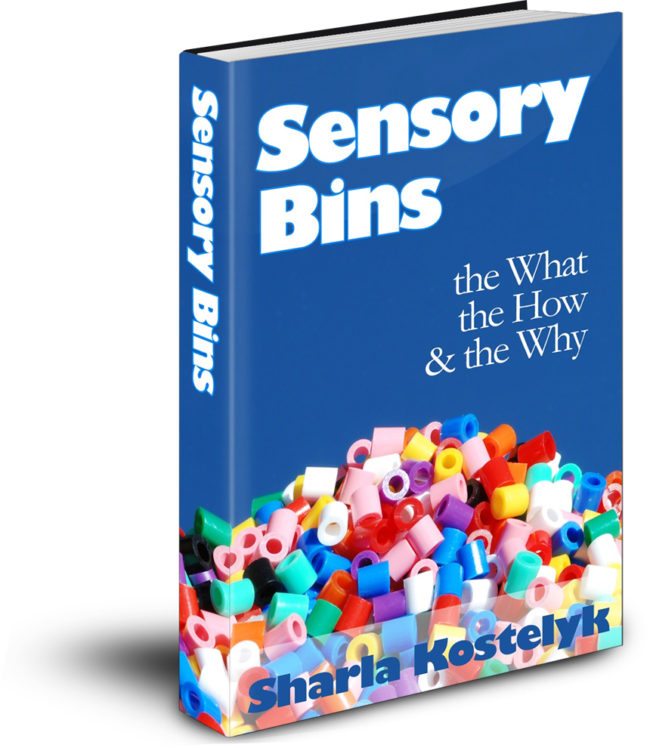 Get 175 sensory activity ideas in convenient printable lists which are ideal for using in the home, classroom or in a therapeutic setting.
Get 175 sensory activity ideas in convenient printable lists which are ideal for using in the home, classroom or in a therapeutic setting.
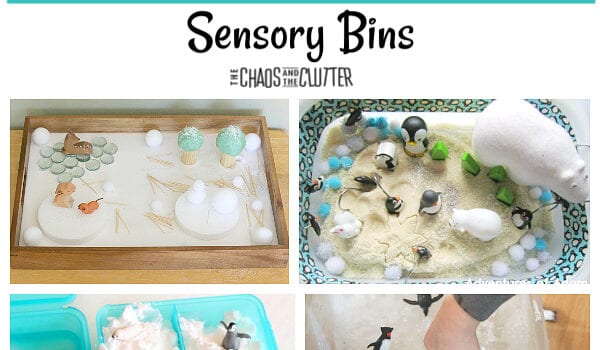
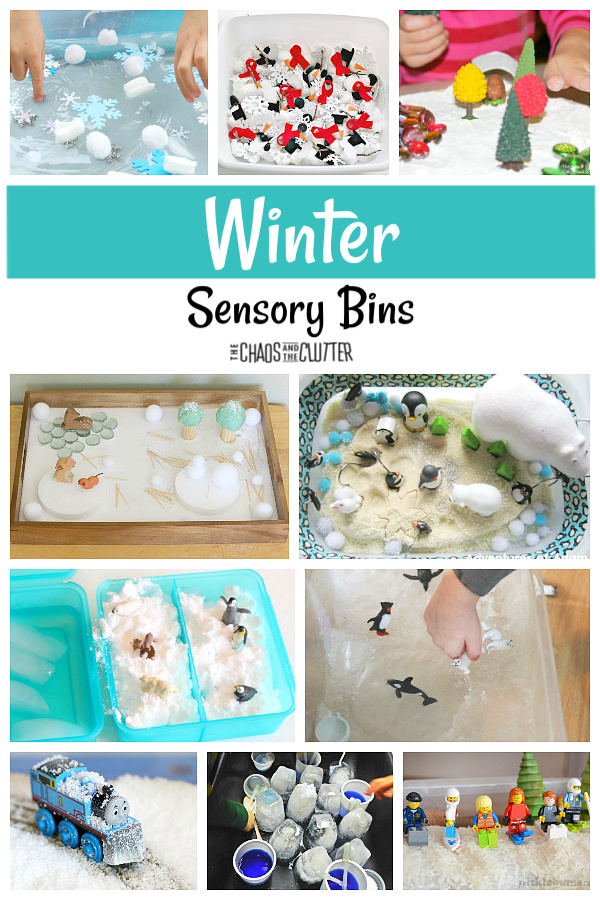
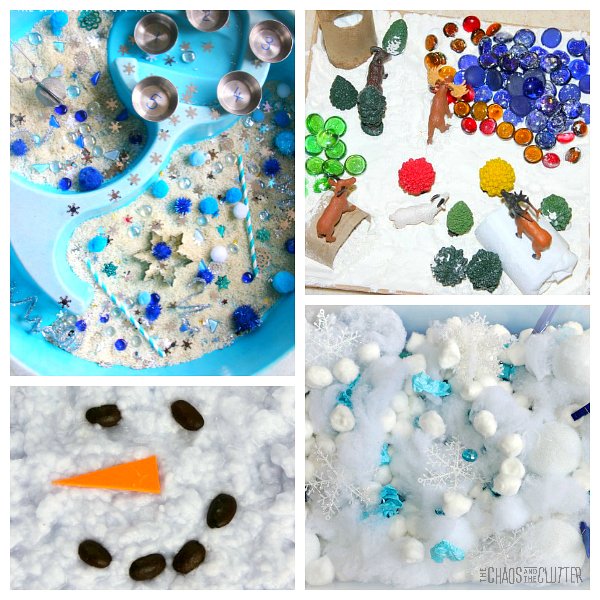
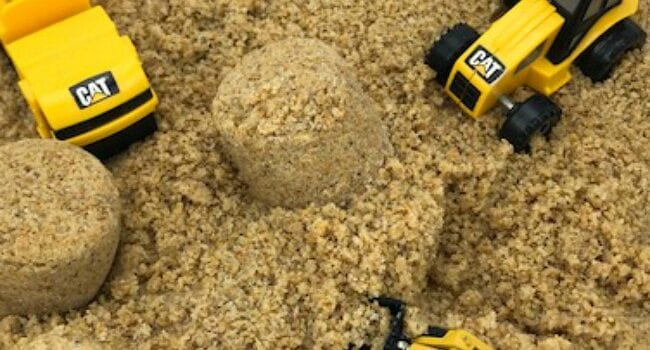
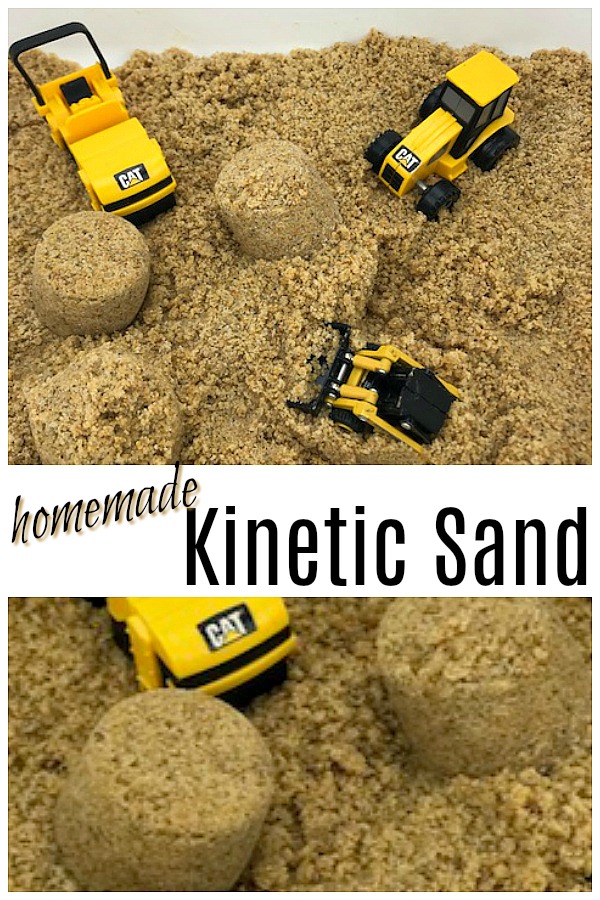
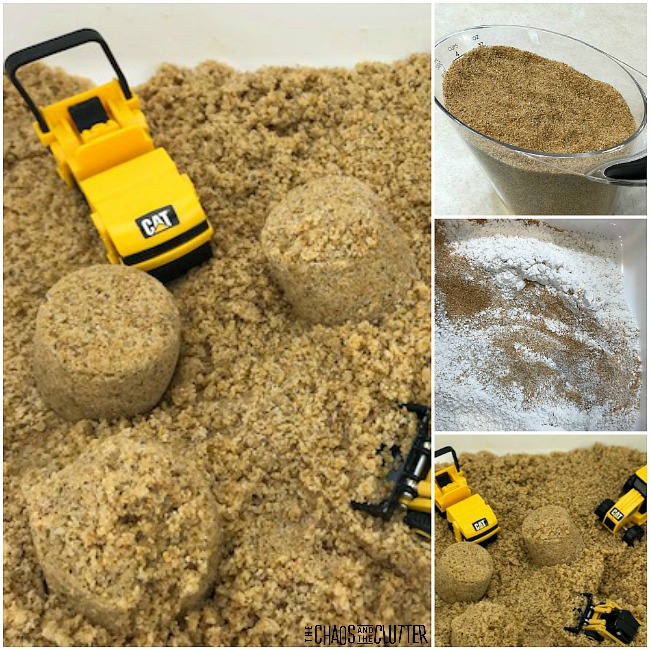
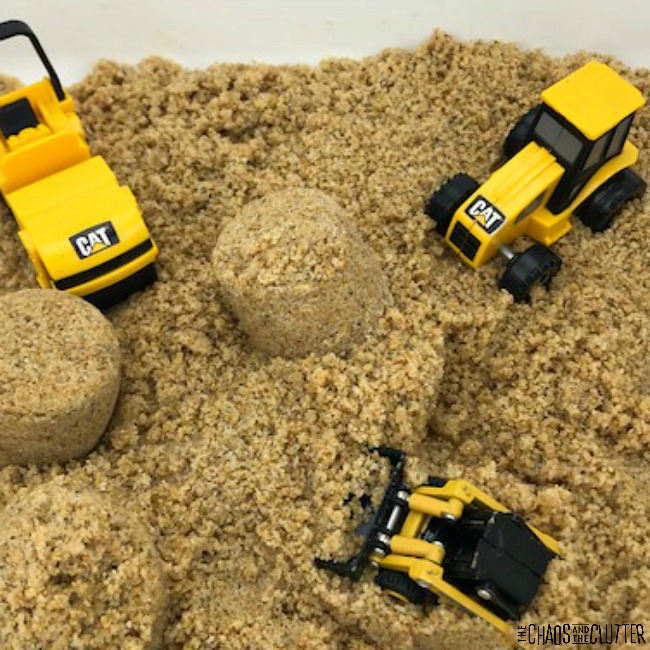
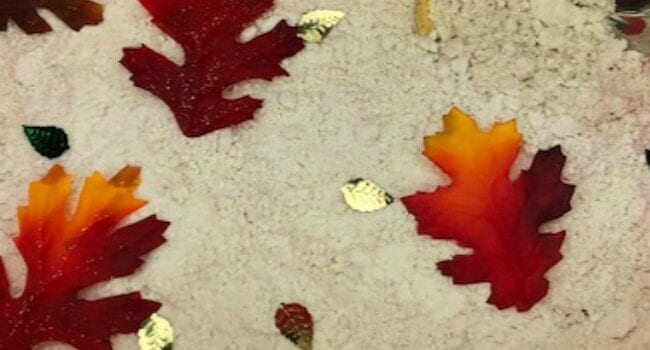
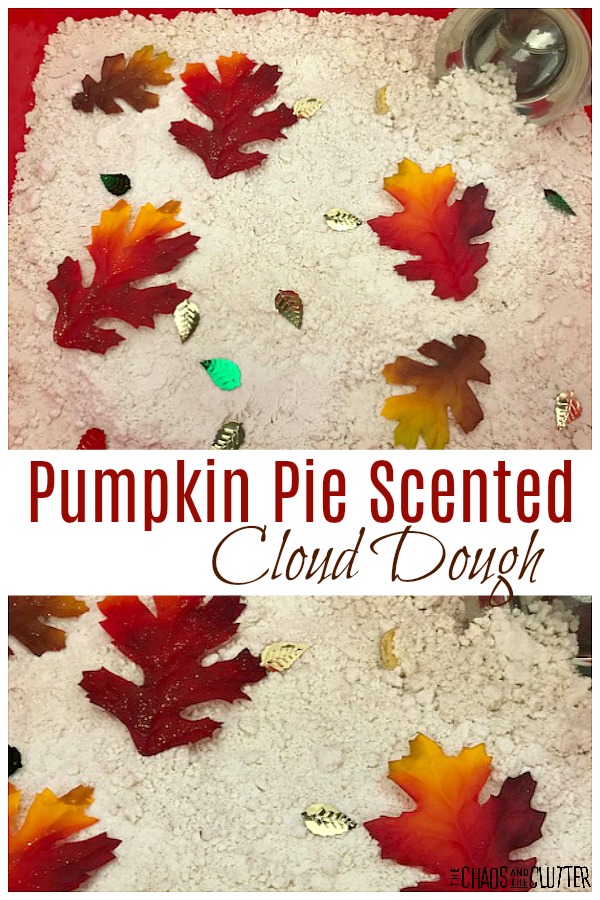
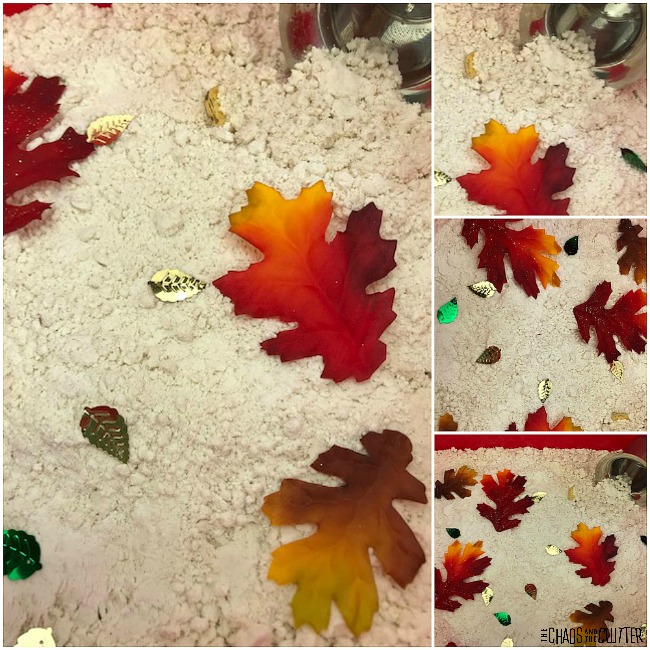 Since everything in this play recipe is edible, this moon dough is taste safe. This makes it a good sensory play option to use with babies and toddlers. Of course, adult supervision should always be used.
Since everything in this play recipe is edible, this moon dough is taste safe. This makes it a good sensory play option to use with babies and toddlers. Of course, adult supervision should always be used.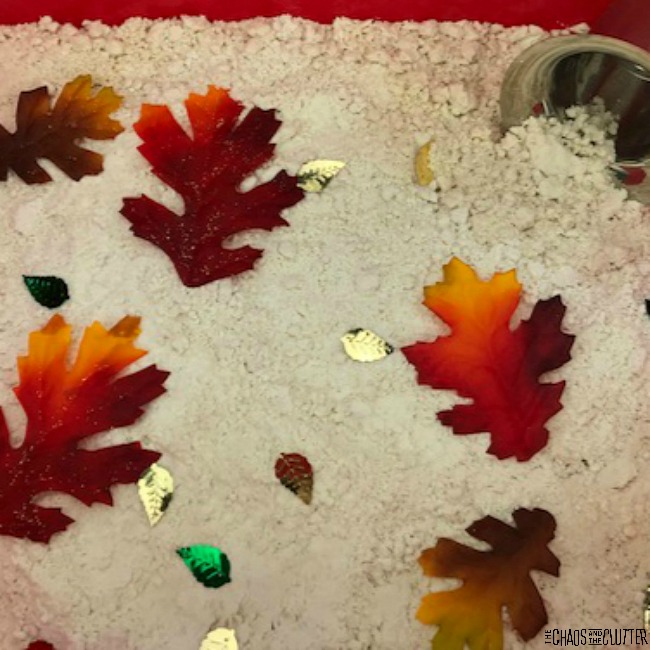 Moon dough can be messy. Messy play is great for kids, but not always as fun for parents!
Moon dough can be messy. Messy play is great for kids, but not always as fun for parents!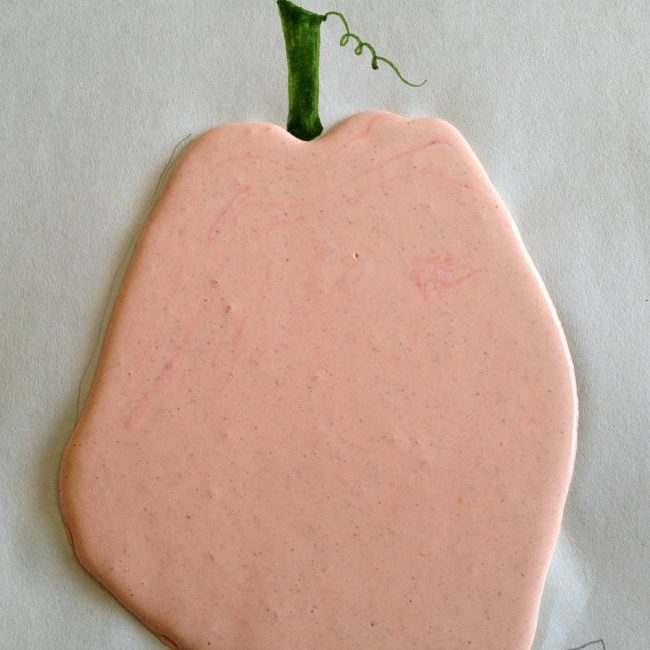

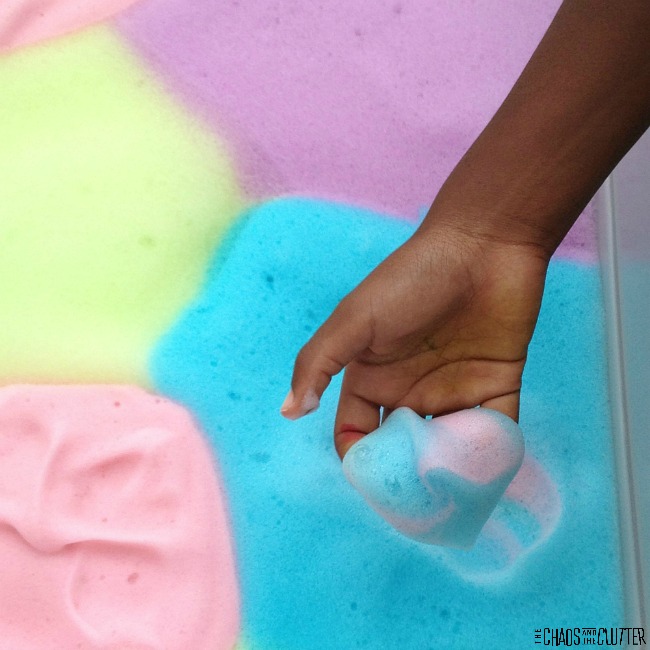
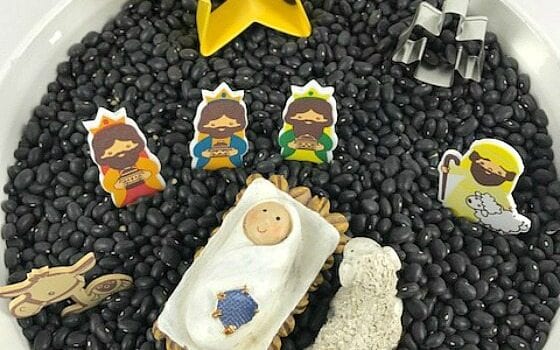
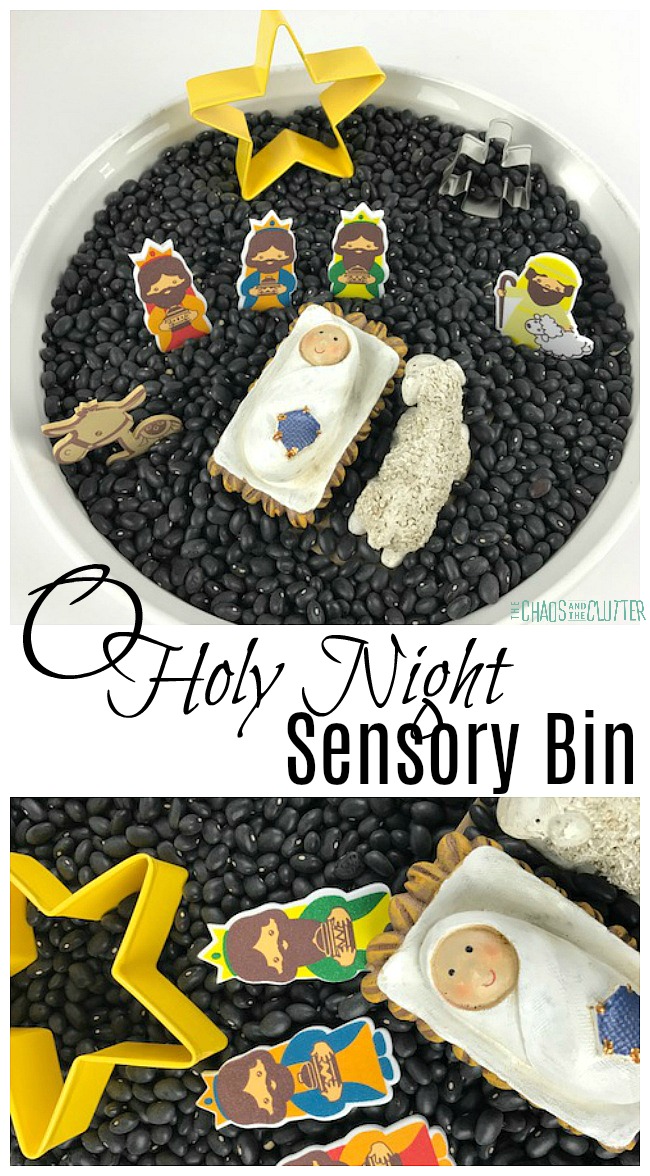 I’m really happy with how this turned out. I used dry black beans as the base to represent the darkness of the night when Jesus was born. I wanted to use a round container this time to make the sensory bin just as a change from the rectangular ones that I usually use.
I’m really happy with how this turned out. I used dry black beans as the base to represent the darkness of the night when Jesus was born. I wanted to use a round container this time to make the sensory bin just as a change from the rectangular ones that I usually use.
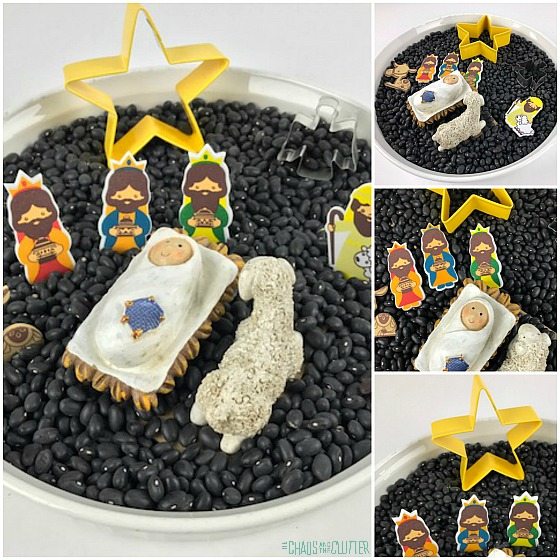 This O Holy Night Nativity Sensory Bin is an effective way to reinforce the Christmas story with your kids. It pairs well with many children’s books that tell of Jesus’ birth.
This O Holy Night Nativity Sensory Bin is an effective way to reinforce the Christmas story with your kids. It pairs well with many children’s books that tell of Jesus’ birth.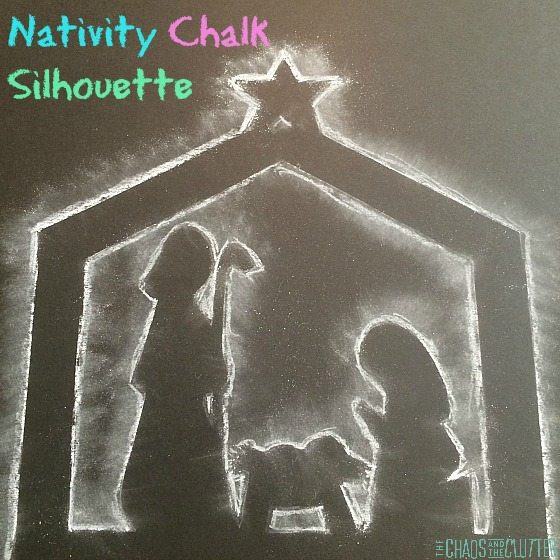
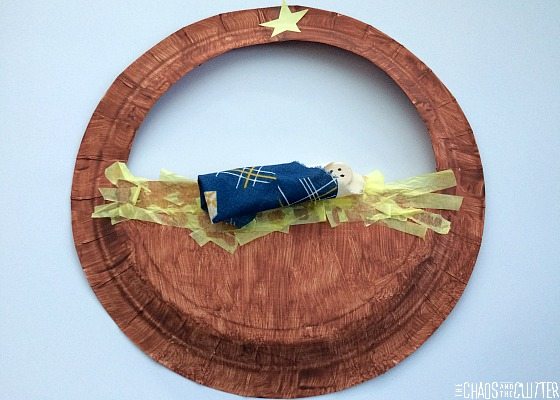

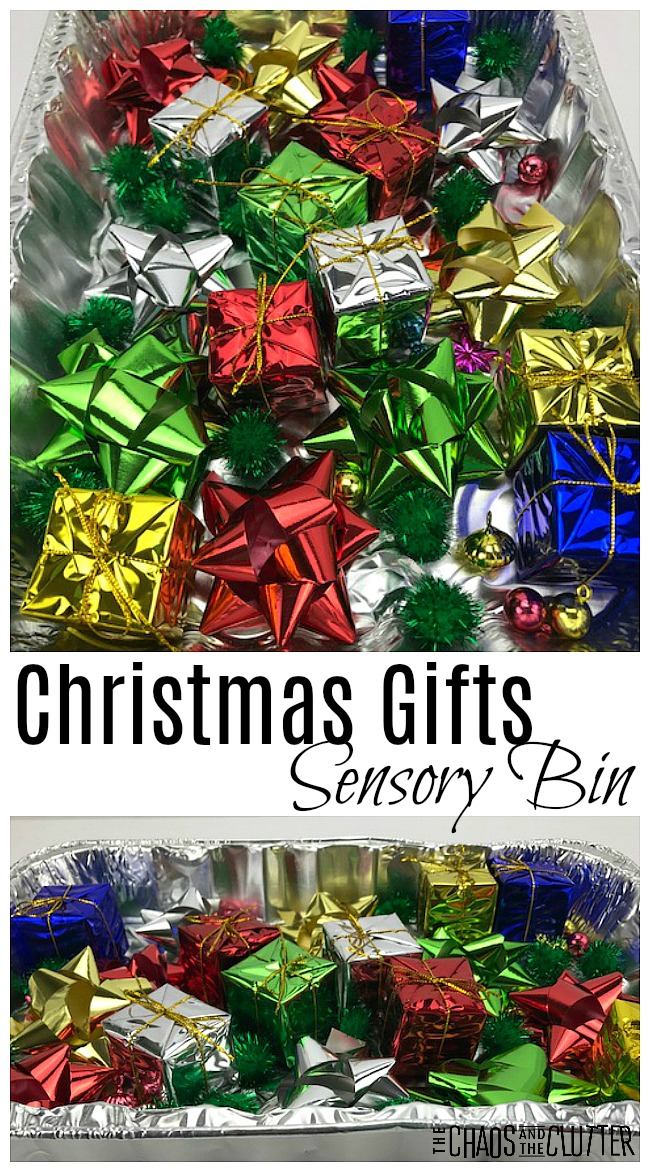 A few years ago, when I put together our
A few years ago, when I put together our 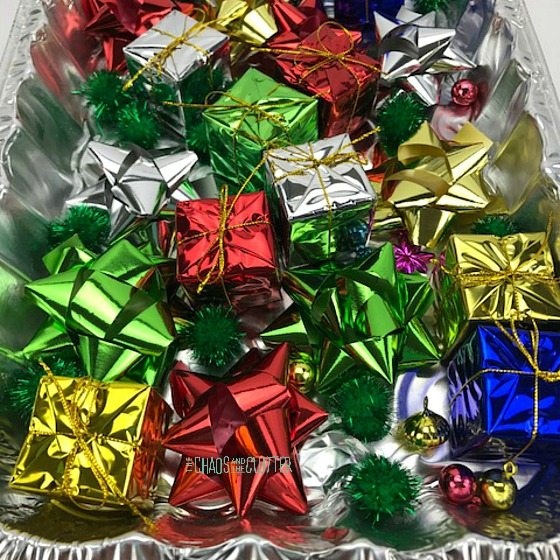 Christmas Gifts Sensory Bin:
Christmas Gifts Sensory Bin: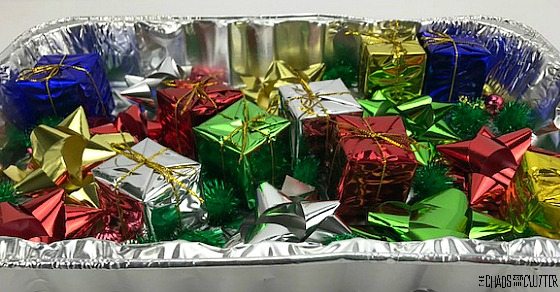
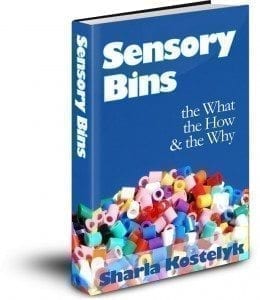
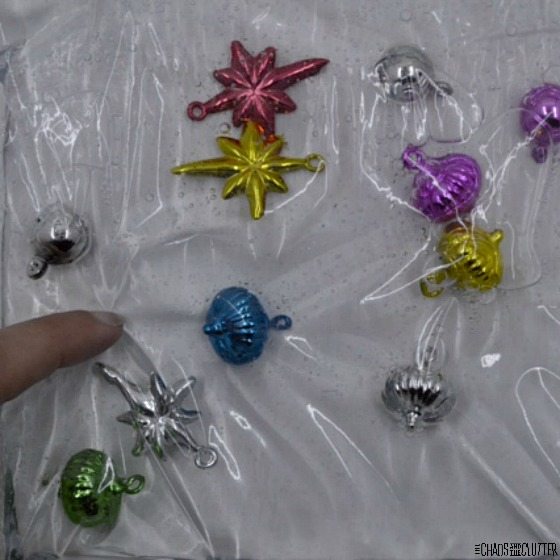
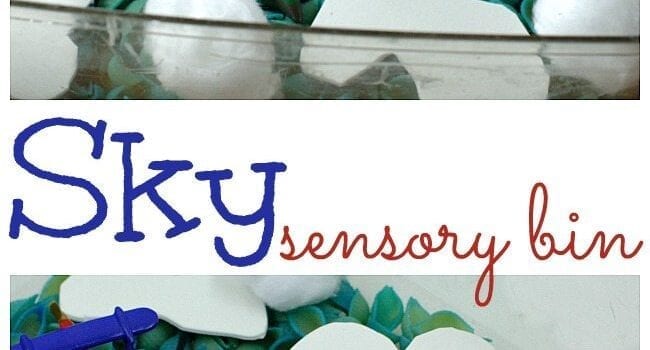
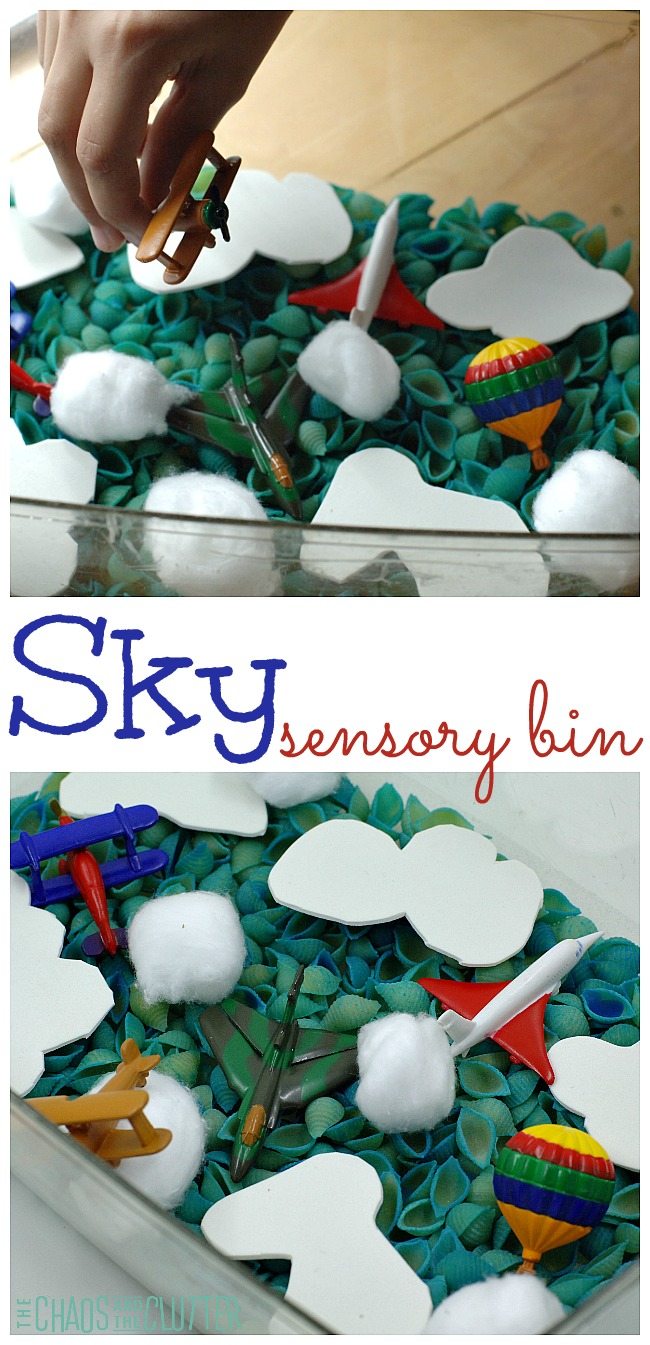 For this sky sensory bin, we used a base of dry pasta that we dyed blue. If you’ve never dyed pasta before, you can read about how to do it using either
For this sky sensory bin, we used a base of dry pasta that we dyed blue. If you’ve never dyed pasta before, you can read about how to do it using either 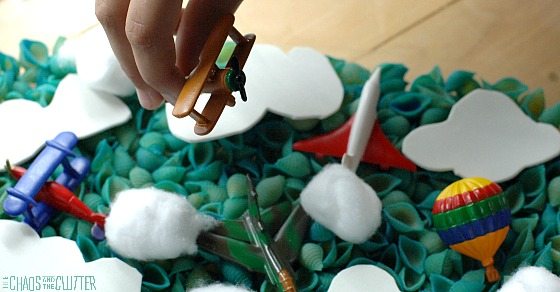 The hot air balloon from the
The hot air balloon from the 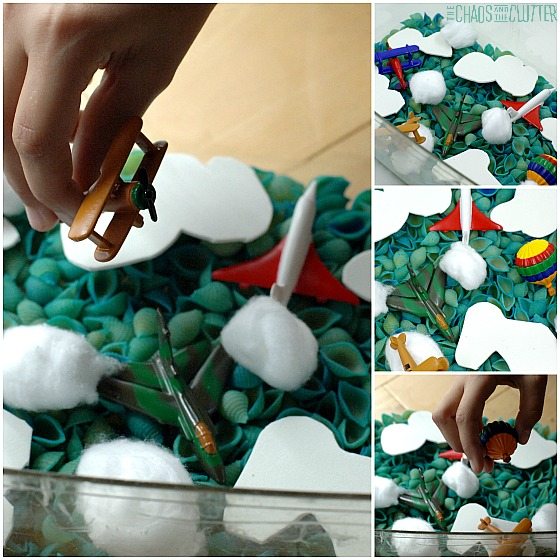 For dozens of other sensory bin ideas, check out
For dozens of other sensory bin ideas, check out